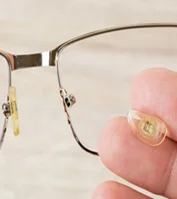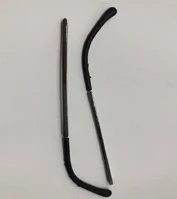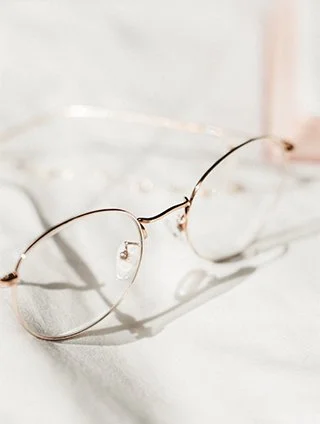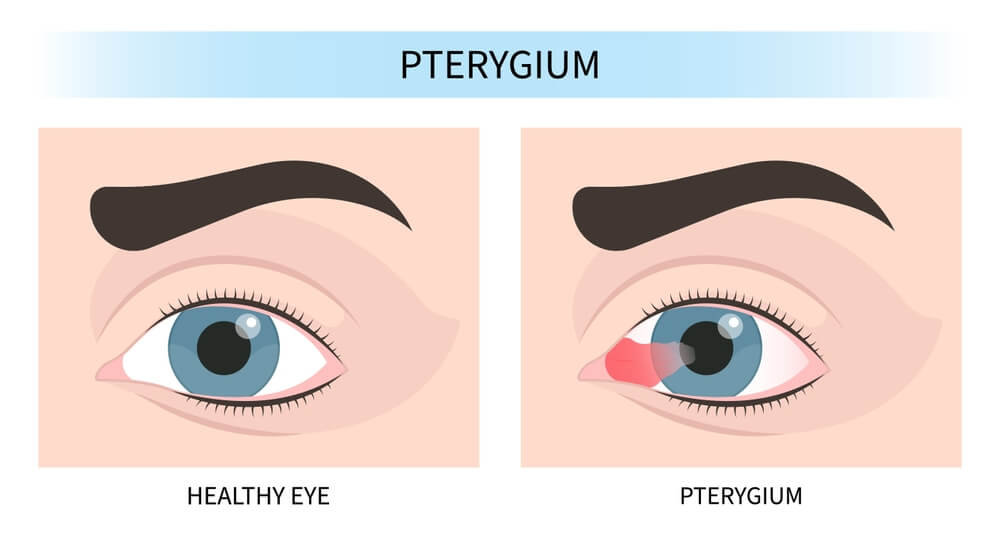Last updated: Friday, October 17, 2025
Eye web or Pterygium is not only a cosmetic issue if left untreated, it can impair vision and cause other discomforts. This article will discuss the signs and symptoms of eyeweb, or we can say pterygium, as well as possible causes and efficient treatments.
What Is A Pterygium?
The conjunctiva, the thin, clear membrane that covers the surface of the eye, can grow fleshy and develop into a pterygium. Pterygia are also known as pterygia. Its growth typically originates from the inner corner of the eye, which is closest to the nose.
On occasion, it may grow simultaneously on both sides of the eye or from the outside corner. An eye or both could be impacted. The ailment is not malignant; it does not penetrate the ocular cavity or extend to any other region of the visage or physique. It may seem red and cause some minor irritation.
Pterygiums can become more visible and impede eyesight if left untreated. The cornea is the transparent window covering the iris and pupil. Under these circumstances, surgery might be necessary. Even after successful surgery, pterygia may recur.
Signs And Symptoms Of Eye Pterygium

Though it can irritate the eye at any stage, pterygium is typically painless. Usually triangular, the tissue is pink and juicy. There might be visible fine blood vessels. The following symptoms could appear if they do.
- Inflammation, which includes bloodshot whites of the eyes on the pterygium-affected side.
- Burning and itching sensations on the surface of the eyes.
- Light ocular discomfort.
- Visual issues occur if the eye pterygium spreads across the cornea.
Pterygium Treatment
The degree of the condition determines the course of treatment. Potential options are as follows:
- UV Protection: If the pterygium is mild, painless, and does not impair your vision, you might be recommended to wear sunglasses and a hat when you are outside. The pterygium usually stops growing or grows more slowly when the eyes are shielded from UV light. The best protection for the eyes from UV light coming in from the sides of the face comes from wraparound sunglasses.
- Ointments or Drops: to nourish and comfort the cornea or treat mild irritation. An eye doctor may recommend a brief course of steroid eye drops for severe inflammation. These medicines don't treat the underlying cause of the illness; they just mask the symptoms.
The only treatment available to remove a pterygium is surgery. You might be referred to an ophthalmologist by your optometrist. Before the pterygium spreads throughout the cornea and impairs your vision, it is best to have it removed. If not, the cornea might be scarred, leading to long-term vision issues. It is also possible to remove a pterygium for aesthetic purposes. Every one to two years, your optometrist will check your pterygium to make sure it is not getting bigger.
Pterygium Treatment Without Surgery
Not all pterygium cases require medical attention. Steroid eye drops, corticosteroid ointments, or artificial tears can be used to treat most pterygiums. If it is obstructing your vision or causing you great discomfort, you might want to discuss your options with an optometrist. Ointments containing corticosteroids or artificial tears (eye drops) can be used to treat the majority of pterygia. They lessen discomfort and inflammation. If your pterygium stops developing, this might be enough to take care of your disease.
What Is Pterygium Surgery?
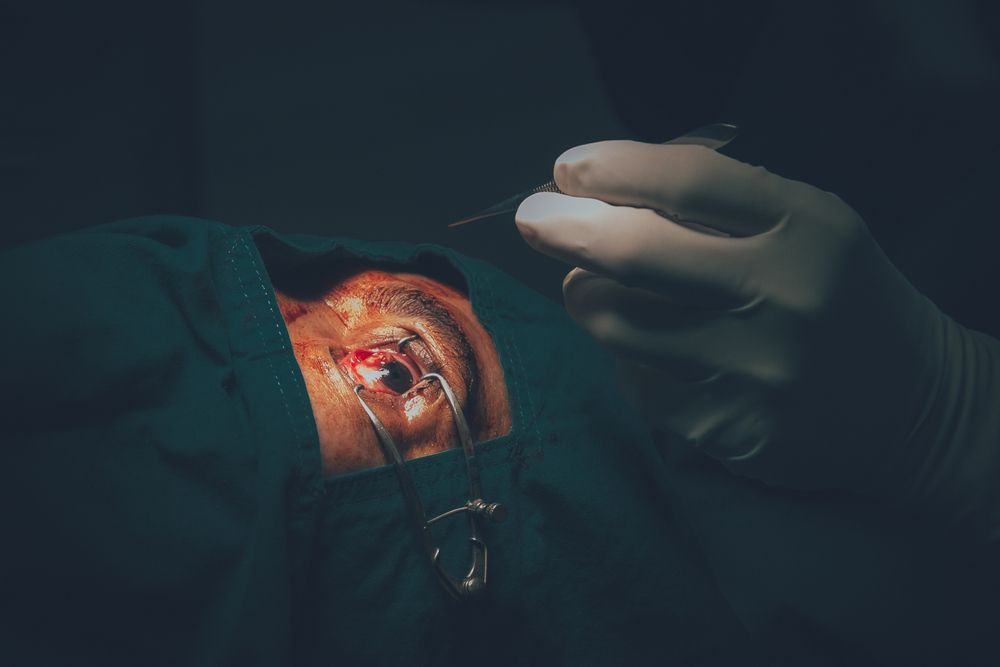
Typically, pterygia only become an issue when the growth gets severe enough to cover the cornea, the transparent portion of the pupil that allows light to enter the eye. When this occurs, you may begin to experience visual problems. Patients occasionally wish to have the pterygium removed for cosmetic reasons, even though they do not have any vision problems. The treatment option in both cases is outpatient surgery to remove the pterygium.
Things To Expect Following Laser Eye Surgery
Following surgery, steroids and antibiotic eyedrops will be prescribed by your doctor to reduce the risk of infection and minimize the likelihood of rebirth. Preventing frequent pterygium requires strict adherence to the dosing schedule.
On the day following surgery, your doctor will examine you. Following the procedure, you will follow up after a week, a month, three months, six months, and a year. You will then be examined once a year to monitor for a recurrence of pterygium.
As your anesthesia wears off, you might experience irritation and a feeling like a foreign body in your eye. This is a week-long set of symptoms. Additionally, the surgical site will be red for up to six weeks. Patients usually need six to eight weeks to fully recover. Greater healing time will be longer for larger pterygia.
Is It Necessary For Me To Have Pterygium Removal Surgery?
- It is important to understand the risks and benefits of the procedure.
- You should be willing to follow the post-operative eye care regimen required for successful results.
- Carefully consider your options before deciding to undergo pterygium removal surgery.
- Consult with your primary care physician.
- Also, consult with your eye doctor.
Pterygium Surgery Cost
A benign wedge-shaped bump that resembles flesh that develops on your eye is called a pterygium. If you don't get treated, it could gradually alter the structure of your cornea and result in issues or vision loss. Many people want this bump removed because it is likely to cause them discomfort or irritation.
Being a cosmetic or elective procedure, pterygium surgery can be expensive. Although it is uncommon, many people are sick of the itching, burning, or pain associated with pterygium and want to get surgery to treat it before it seriously affects their vision or health. The total cost of pterygium removal may vary depending on the options you select.
In the end, try to find out from your optometrist or ophthalmologist whether you require pterygium surgery and whether your insurance company will pay for it. Since this condition is prone to recurrence, you might wait to have a pterygium removed until necessary.
Options for Pterygium Surgery
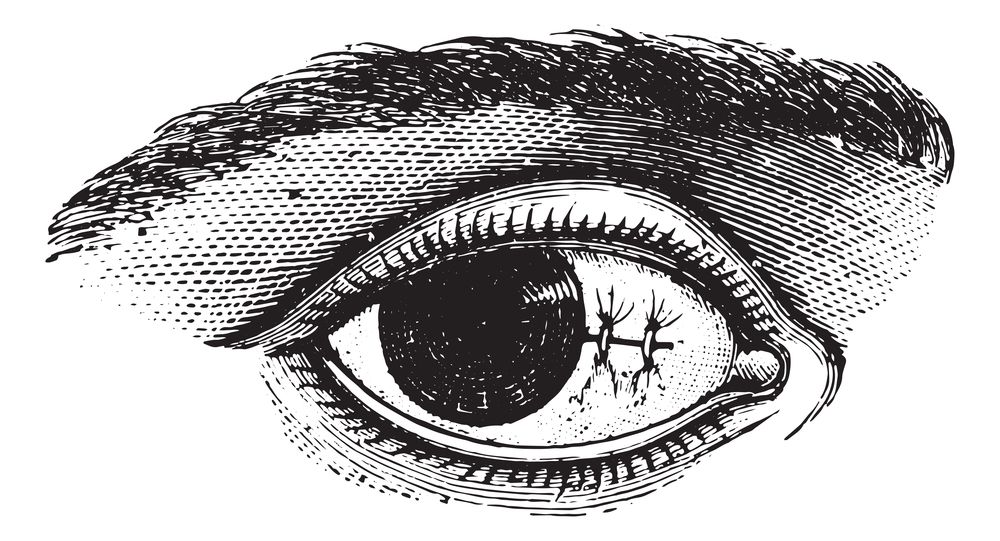
Pterygium excision surgery does not have a laser option, even though laser-based surgery is improving many different eye diseases and conditions. This is a somewhat invasive procedure that involves cutting tissue with a scalpel. It can be replaced with a tiny graft of your eye tissue, either from the other eye or from a different area of the same eye. There are a few surgical options for the foramen magnum.
Sutures vs. Glue
After the pterygium has been surgically removed with a knife, a tissue graft is usually attached into place. Sutures are used in most pterygium surgical procedures. Following the procedure a week or two later, these tiny surgical stitches will be extracted.
Dissolving sutures are not used in pterygium surgery in contrast to other forms of surgery, as they may increase discomfort and prolong the healing period. Unlike sutures, fibrin glue is a biocompatible surgical glue that will disappear as your eye heals. This glue can halve recovery times for some users and has been demonstrated to lessen discomfort and inflammation.
However, the process of manufacturing fibrin glue involves the use of donated blood, which may raise the possibility of bacterial or viral infections following surgery. It is extremely uncommon. Frequently, fibrin glue is too costly, so people choose sutures in its place.
Bare Sclera
While it is ideal to add sclera tissue to replace the removed sclera, your surgeon might decide not to in certain circumstances. This can occasionally occur because the graft is too costly. In other situations, it might be too difficult to heal the region where the sclera was removed.
This is not thought to be the best option, because bare sclera increases the risk of pterygium regrowth. You can inquire about ways to reduce the cost if you decide to have a pterygium removed for aesthetic purposes. Many stitches are a preferable option. You should think about retaining the sclera graft as part of the procedure because skipping it can put you at risk for recurring pterygium.
When it becomes medically necessary to remove the pterygium to prevent damage to your sight, you can collaborate with your optometrist or ophthalmologist to make this decision. This lessens the amount that your insurance will probably pay for pterygium surgery, but it will still help.
Why Get Eye Web Surgery Despite the Cost?
Pterygia eye growths are not going away by themselves. Besides potentially impairing vision, many people find these growths to be unattractive because they alter the appearance of the eyes. Smaller growths might not be very noticeable and might not need to be surgically removed. Surgery could or might not be a good option for you.
It depends on your particular circumstances, how the growth is impacting you, and the guidance of your eye care specialist. Despite not being cancerous, pterygiums can grow onto the cornea and cause a variety of visual problems or even complications if they are not treated.
Surgery is a useful way to remove it and lessen the risks that come with it as well as to help stop it from growing any further. In the end, choosing an intervention can benefit your eyesight in the long run. Interestingly, pterygium surgery does not ensure that a patient will never develop a pterygium again.
There are surgical treatments that are commonly used to minimize the possibility of developing another growth, in addition to following your eye care provider's instructions and taking the appropriate precautions. One such technique is transplanting a thin bit of healthy tissue onto the affected area.
FAQ's
How to dissolve a pterygium?
Pterygium, a benign growth on the eye's surface, cannot be dissolved with medication. Treatment options include lubricating eye drops to manage mild cases or surgical removal for more severe or bothersome growths.
What is pterygium surgery?
Pterygium surgery involves the removal of the abnormal tissue from the eye's surface. The procedure typically takes less than an hour and is performed on an outpatient basis. To reduce the risk of recurrence, a conjunctival graft from under the upper eyelid may be placed over the site where the pterygium was located.
Can pterygium cause blindness?
While pterygium itself doesn't cause blindness, if left untreated, it can grow over the cornea and obstruct vision. In advanced cases, it may lead to vision impairment, emphasizing the importance of early treatment.
Does pterygium go away?
Pterygium does not go away on its own. Management options include lubricating eye drops for mild cases or surgical removal if the growth causes discomfort or affects vision.
How long after pterygium surgery can you drive?
Recovery times can vary, but it's generally recommended to avoid driving for at least a few days after pterygium surgery. Your eye doctor will provide specific guidance based on your healing process.















